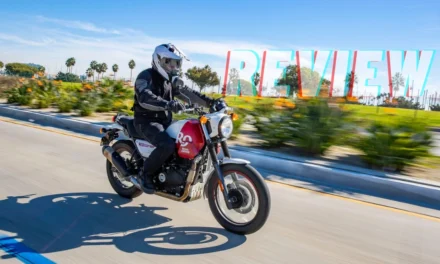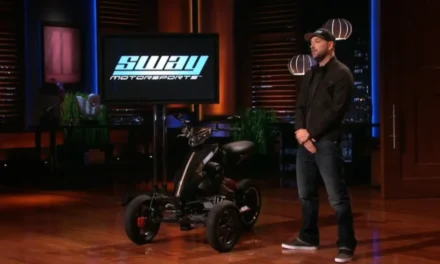The Yamaha R6 was a legend. That screaming inline-four engine, razor-sharp handling, and track-ready DNA made it the holy grail for sportbike junkies. But in 2020, Yamaha pulled the plug. Cue the outrage.
Fast-forward to 2025, the R7 is now the star of the show—a bike built for corners and commutes. So, what happened? Why did Yamaha trade a track monster for an all-rounded motorcycle? Let’s break it down.
1. The R6’s Downfall
We all loved the R6. But let’s face facts: the supersport golden age is over. Sales tanked, insurance costs soared, and younger riders just weren’t biting.
- The Numbers Don’t Lie: Yamaha’s R15 (a smaller sibling) saw sales drop nearly 24% in India by late 2022. If even budget-friendly sportbikes struggled, the R6 never stood a chance.
- Blame the Economy (and Your Back): The 2008 crash hit millennials hard. Add rising insurance rates (thanks, “high-risk” rep) and aging riders craving comfier rides, and suddenly, track toys felt outdated.
One Rider bluntly said, “Inline-4s are dying—manufacturers aren’t even trying to save them.” Ouch.

YZF-R7
2. Yamaha R7 the “Do-It-All” Bike
Let’s be real: most of us aren’t Valentino Rossi. We need bikes that handle highways, twisties, and grocery runs. The R7’s CP2 engine packs more low-end punch for street riding and is cheaper. Its upright riding position won’t murder your wrists, and its 58 MPG fuel efficiency means fewer gas stops.
| Specs | R6 | R7 |
|---|---|---|
| Torque | 45.7 lb-ft | 51.7 lb-ft |
| Weight | 419 lbs | 414 lbs |
| Price (2025) | Discontinued | $8,999 |
3. Euro 5 Emissions
Here’s the dirty secret: emissions regulations strangled the R6. Euro 5 standards forced bikes to clean up their act, and Yamaha’s inline-four couldn’t keep up.
- R6’s Engine: Retrofitting it with catalytic converters and oxygen sensors would’ve cost a fortune. Meanwhile, the R7’s CP2 engine (shared with the MT-07) was built for Euro 5.
“The R6’s engine was a masterpiece—until emissions made it a money pit.”
4. The R7’s Big Wins
Yamaha didn’t just build a new bike—they hacked the system.
- Platform Sharing = Genius: By recycling the MT-07’s frame, engine, and suspension, Yamaha slashed R&D costs by 30%. That’s why the R7 costs $3,000+ less than a hypothetical 2025 R6.
- Maintenance? No Sweat: Simpler design = cheaper fixes. No more spending a fortune on valve adjustments.
5. Gen Z’s Motorcycle Revolution
Young riders aren’t obsessed with top-speed bragging rights. They want bikes that look good on Instagram, don’t break the bank, and won’t leave them limping after a 30-minute ride.
6. Rivals in the Ring
The R7 isn’t alone. Suzuki’s GSX-8R and Aprilia’s RS 660 are gunning for the same crowd.
| Bike | Engine | Price |
|---|---|---|
| Yamaha R7 | 689cc Parallel-Twin | $8,999 |
| Suzuki GSX-8R | 776cc Parallel-Twin | $8,299 |
| Aprilia RS 660 | 660cc Parallel-Twin | $11,499 |
The R7’s price-to-performance ratio makes it the people’s champ.
Read: 2025 Yamaha MT-07: Is It Worth Upgrading From Older Models?
7. How YouTube and Reddit Fueled the R7’s Hype Train
Forget brochures—riders trust influencers and forums.
- Daily Rider Reviews: Channels like FortNine praise the R7’s practicality. Meanwhile, track-focused YouTubers still pine for the R6.
- Reddit Debates: A 1,200-comment thread titled “R7 vs. R6” ended with a clear verdict: “The R7 is for riding. The R6 is for flexing.”
Is This the End of Sportbikes—Or a New Beginning?
The R6’s death hurt, but let’s be honest: the R7 is what most riders need. It’s affordable, versatile, and ready for real-world chaos. Will we see a hybrid future? Maybe. Electrification? Probably. But for now, the R7 proves you don’t need 15,000 RPMs to have fun.






